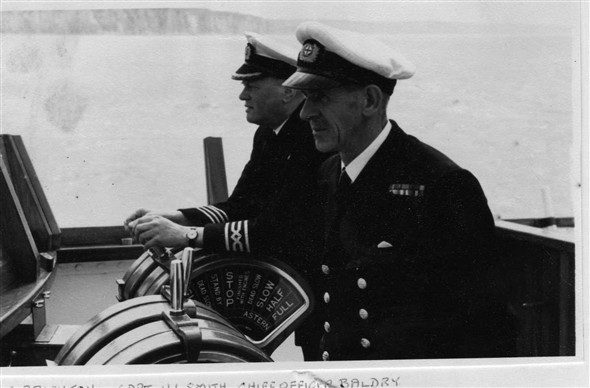Third in a series on university struggles
American universities are all different. All, accordingly, struggle differently. For complex bureaucratic and political reasons, it becomes easy to treat all public universities similarly. Apples to apples comparison is the only sensible type but difficult to find for a number of reasons. Instead, success in mission achievement is the best way to gauge university success: It is possible but requires transparent acceptance of a few basic principles
Leadership determines mission: On Veterans’ Day, President Obama announced a general plan to provide all recent U.S. military veterans in-state tuition. This plan is an intelligent and thoughtful step in recognizing that our veterans protect every state in the nation, not a select one or two. The move also begs the question of why university leaders at institutions purported to be “military friendly” have had to wait for Washington to act. If a university’s mission is to serve those who serve us, this would already be standard operating procedure. Many private schools offer discounts to vets already through the Yellow Ribbon Program. Leadership sets mission and mission serves or it does not.
Students select mission: The strongest indicator of mission clarity and its attainment is student enrollment. Universities that have attenuated missions have enrollment pressure. In institutions where enrollment is weak or falling off, mission clarity has become clouded to everyone including those who seek a place to study. This does not happen in a vacuum away from the influences of Adam Smith. Rather, its occurrence is tightly woven to mission attainment, cost, and perceived value. An extension of this principle undermines simple concepts such as a six-year graduation rate. For universities located in lower income regions of the country, where borrowing for education may be impossible or frowned upon, and for nontraditional students seeking to improve their lot in life, who work and study at the same time, such options may create a tremendous success story for a student who takes a decade to finish his or her studies. One size does not fit all.
Geographic Location affects mission: If a University is located in a coal rich region of the nation, there should be programs in science, technology, engineering, and related disciplines that support the coal industry. The Advanced Coal and Energy Research Center at SIUC is one example. Likewise, the University on a river delta would likely not have a mission that addresses the needs of an arid High Plains region. In addition, programs that address the social and cultural aspirations of those who live in a particular region shape the mission. Attention to these missions creates distinctiveness that makes a University desirable to those in the immediate region, and in turn, people who live in similar regions around the globe. And, lest the influence be lost, coal impacts every aspect of life in Southern Illinois. The arts, the social and human sciences and diverse aspects of mission can be productively bent towards coal’s omnipresence.
Commerce and industry support mission: As automobile manufacturing has migrated south in the United States, universities have amended their missions to include automotive, vehicular, and manufacturing research that is related to the production needs of the industry. The Clemson University International Center for Automotive Research in South Carolina and the Center for Advanced Vehicle Research at Mississippi State University are two clear examples where University distinctiveness has been positively charged by industry and commerce. The impact of these industry-supported research centers transforms the universities, making them more distinctive.
Charitable giving recognizes mission: Philanthropy creates distinctiveness. Donors, who have created capital and combine that capital with largesse, impact the trajectories of universities based on giving to support University mission, leading to University distinctiveness. As one example among thousands, the University of Wisconsin Foundation announced a gift from John and Tasha Morgridge of $100 million dedicated to faculty excellence in education and other areas. Such support appropriately nudges University mission.
Every well-led university defines its own mission in the context in which it exists, and in so doing makes itself incomparable by its distinctiveness.
Photo credit: ournewhaven.org.uk




